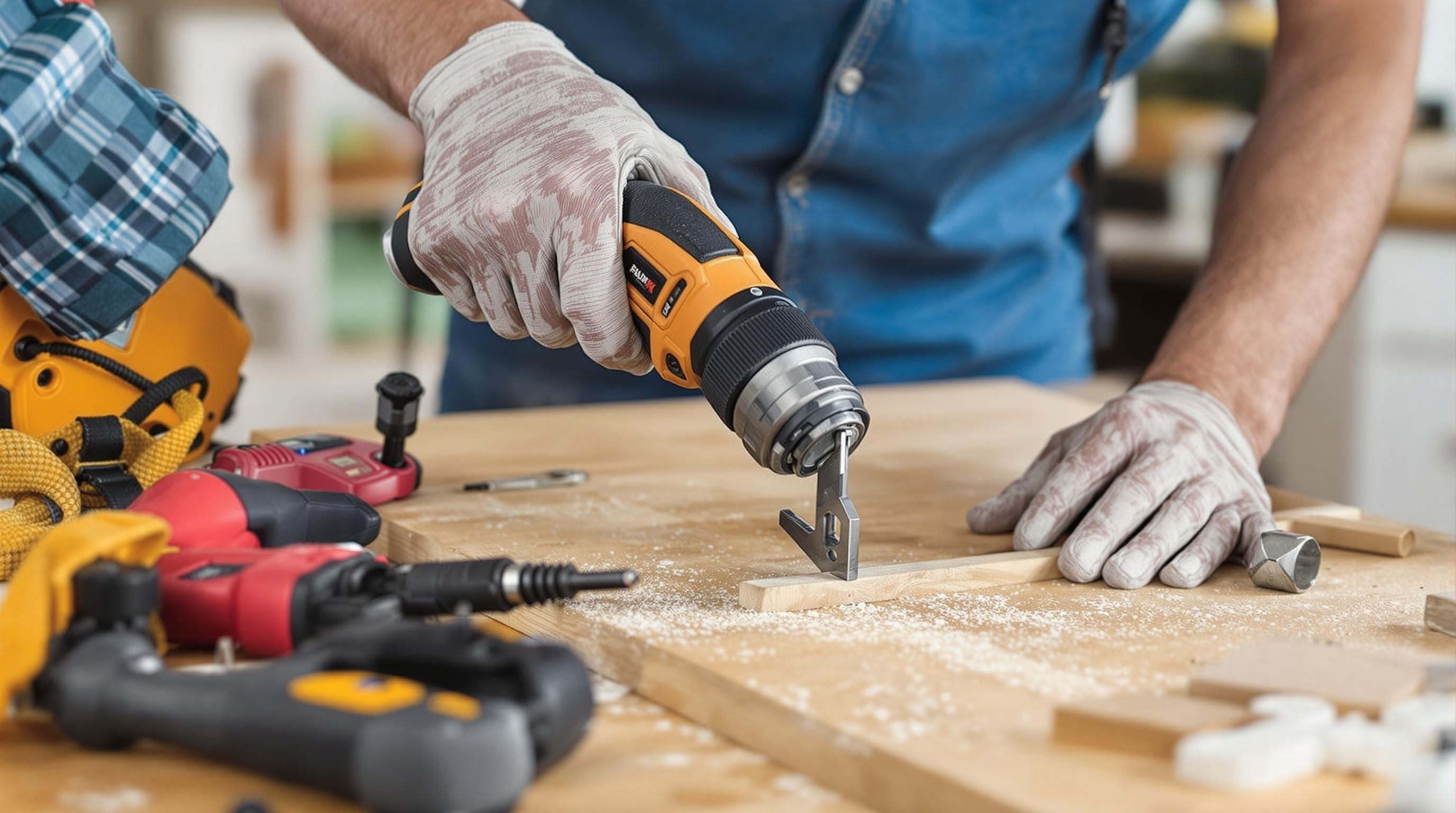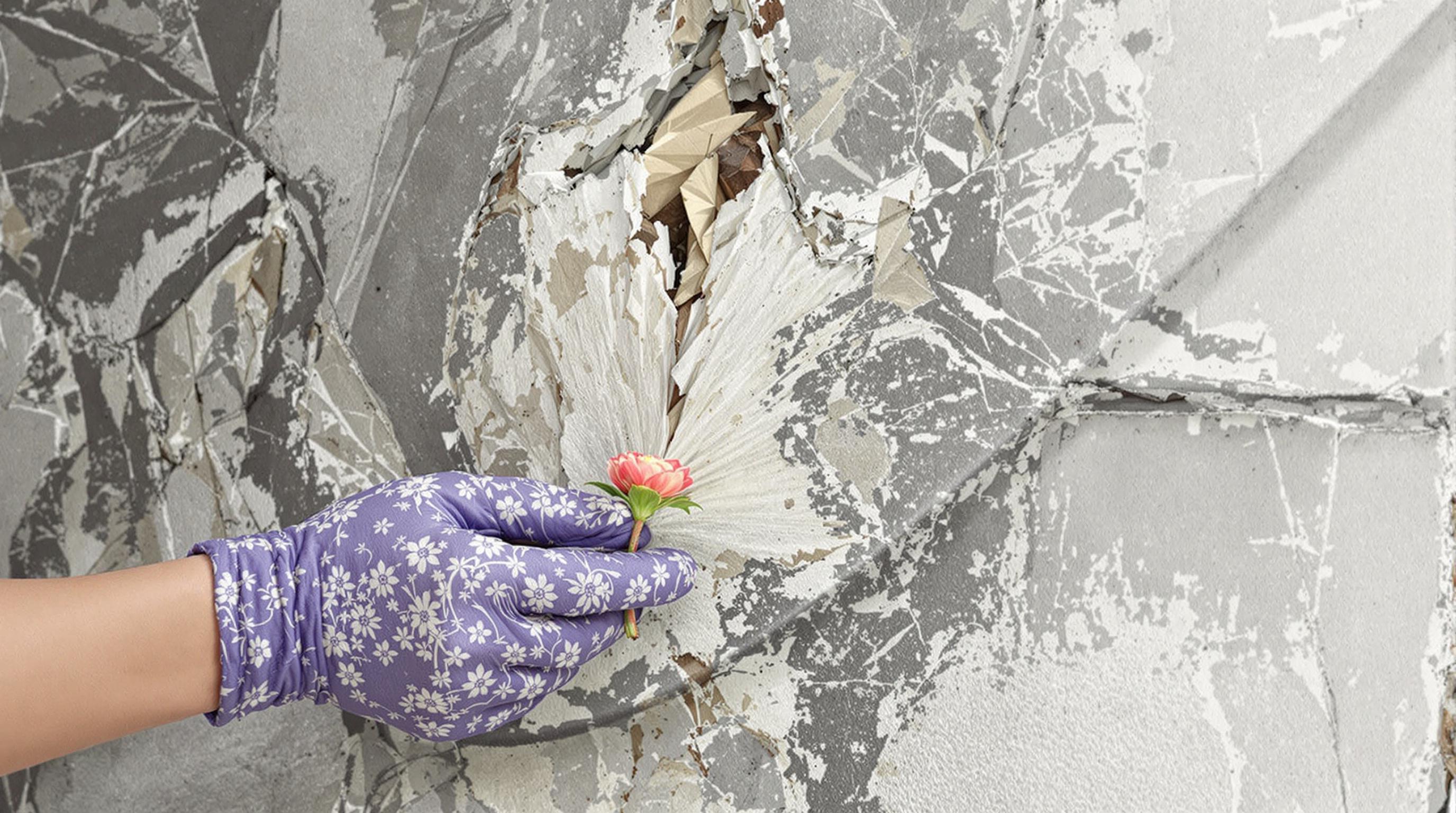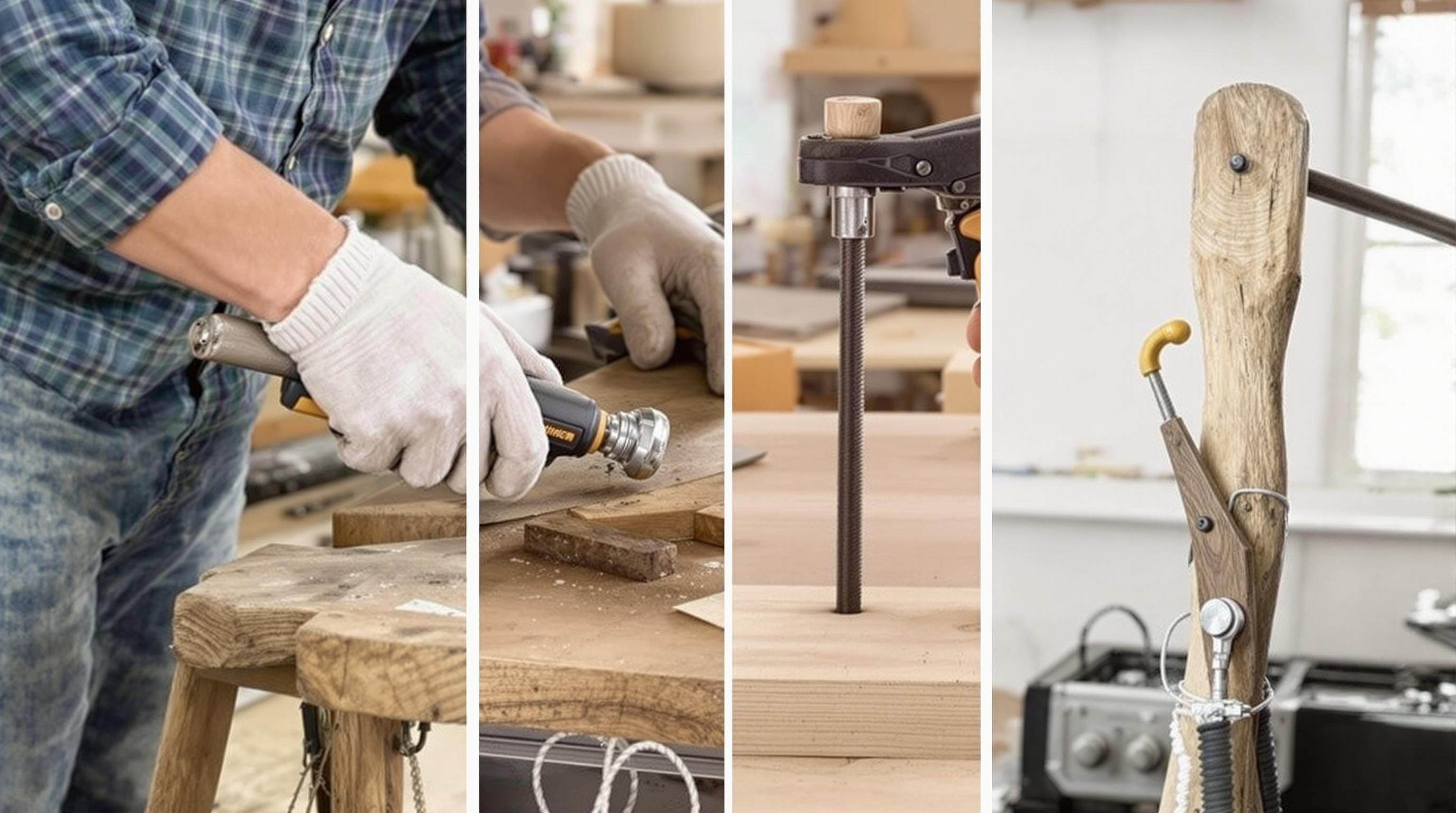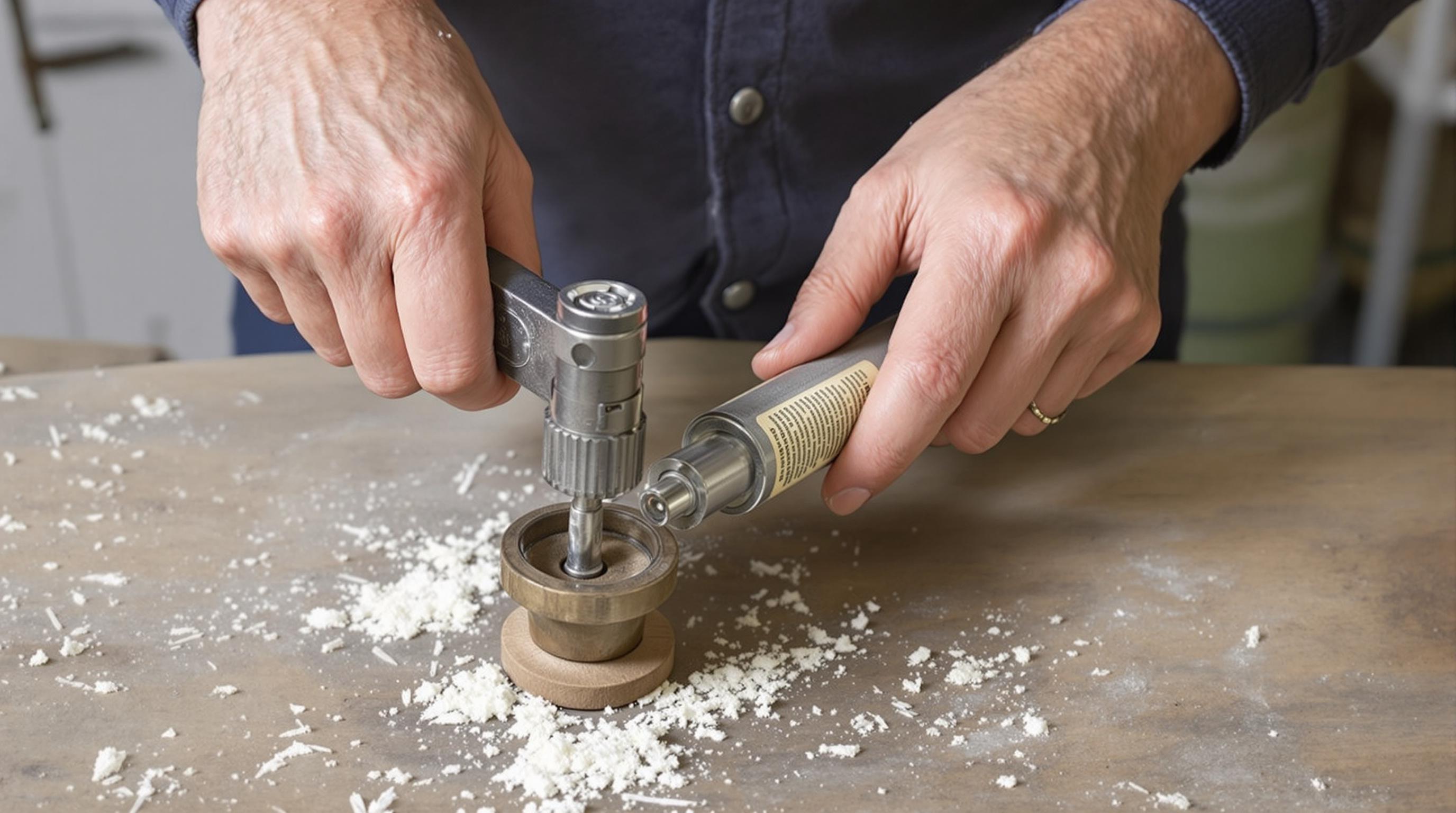Related Articles
- The Hidden Influence of Ergonomics: How Tool Design Shapes Our Physical Spaces and Daily Lives
- The Silent Influence: How Hidden Home Implements Shape Our Daily Routines and Spaces
- The Counterintuitive Role of Chaos: How Messy Tool Storage Can Lead to Unexpected Home Innovations
- Exploring the Unseen: How Audio Experiences Shape the Art of Domestic Spaces and Color Perception
- Rethinking the Mundane: How Everyday Objects are Becoming the Canvas for Modern Artistic Expression in Home Spaces
- Cultivating Chaos: The Surprising Benefits of Embracing Weeds in Your Garden Ecosystem
10 Essential Tools Every Beginner Needs for Basic Home Repairs: Start Your DIY Journey Today!
10 Essential Tools Every Beginner Needs for Basic Home Repairs: Start Your DIY Journey Today!
10 Essential Tools Every Beginner Needs for Basic Home Repairs: Start Your DIY Journey Today!
1. Claw Hammer
The claw hammer is a quintessential tool in any beginner's toolkit. Its versatility makes it ideal for driving nails into wood, as well as removing them when necessary. A good hammer should feel balanced in your hand, allowing for precision strikes as you undertake various projects.
When choosing a hammer, consider the weight. A 16-ounce hammer is typically the ideal size for most general tasks, while lighter versions are available for delicate jobs. Look for a comfortable grip, as you’ll want to avoid blisters during extended use.
Investing in a quality claw hammer means you will have a reliable companion on your DIY journey. Remember, it’s not just a tool; it's an extension of your creativity and ambition as you transform your space.
2. Screwdriver Set
A complete screwdriver set is essential for any home repair task. This set should include both flathead and Phillips head screwdrivers in various sizes. Each screwdriver serves a specific purpose, so having a range strengthens your DIY capabilities.
The importance of choosing ergonomic designs cannot be overstated; a comfortable grip saves your hands during long projects. Magnetic tips are particularly handy for holding screws in place, making tasks smoother and less frustrating.
With a reliable screwdriver set, you’ll be equipped to tackle everything from assembling furniture to tightening loose cabinet hinges. It's a fundamental investment that pays off time and again.
3. Adjustable Wrench
The adjustable wrench is a must-have for plumbing tasks and mechanical adjustments. Its ability to grip various sizes of nuts and bolts makes it incredibly flexible for diverse repairs around the home. This multi-purpose tool is a lifesaver for beginners who might not want to invest in multiple fixed wrenches.
Look for a wrench with a comfortable handle and a solid jaw grip. A good adjustable wrench should have markings on the jaw for quick adjustments, allowing you to work efficiently on any task you encounter.
Owning an adjustable wrench opens the door to minor plumbing and machinery repairs, empowering you to maintain your home with confidence. As you become proficient in using it, you’ll find many applications for this indispensable tool.
4. Utility Knife
A utility knife is an essential tool for cutting through a variety of materials, including cardboard, plastic, and even drywall. Its retractable blade provides safety and control, making it perfect for DIY tasks. Be sure to choose a knife with an easy blade replacement mechanism to ensure longevity.
As you begin your DIY journey, a utility knife will assist you in everything from opening packages to crafting materials for your projects. Precision cutting allows you to bring your imaginative ideas to life, whether it’s through basic repairs or creative decor.
Additionally, always prioritize safety by using a utility knife with a durable handle that feels secure in your grip. With practice, this simple tool can make a world of difference in your craftsmanship.
5. Tape Measure
A sturdy tape measure is vital for every DIY enthusiast. Accurate measurements ensure that your projects fit together seamlessly, whether you’re hanging shelves, framing a room, or even laying out a garden. Generally, a traditional 25-foot tape measure provides enough length for most home projects.
Many tape measures come with additional features, such as locking mechanisms and magnetic tips, which enhance their usability. These features help ensure you get precise measurements without assistance.
Having a tape measure within arm’s reach empowers your creativity. You’ll feel confident measuring and cutting materials to match your vision, turning your space into a reflection of your style.
6. Level
A level is critical for ensuring that your projects are straight and true. Whether you’re hanging pictures, installing shelves, or tiling a backsplash, using a level prevents unsightly mistakes. A torpedo level, ideally, is compact and easy to handle for beginners.
Take the time to learn how to use a level correctly; the bubbles in the vial will indicate whether your installation is perfectly horizontal or vertical. Getting accustomed to this handy tool will ensure you have neat and professional-looking results.
Incorporating a level into your toolkit will enhance your overall DIY experience, allowing you to tackle projects with precision and confidence. It is a small investment that pays off immensely in the long run.
7. Pliers
Pliers are indispensable for gripping, twisting, and cutting wires and small objects. A set that includes needle-nose, slip-joint, and cutting pliers will cover a wide range of tasks. These tools are essential when you need extra hand strength or precision for tightening, loosening, or twisting materials.
Choosing a pair of pliers with comfortable grips will enhance your efficiency during longer projects. Features such as slip-resistant handles and built-in wire cutting edges can make even challenging jobs manageable.
With pliers in your toolkit, you’ll find yourself prepared for electrical work, minor plumbing, and a myriad of household tasks, deepening your DIY journey.
8. Cordless Drill
A cordless drill is a powerful addition that significantly simplifies both drilling holes and driving screws. Investing in a lightweight, battery-powered model will allow you to maneuver smoothly through various projects. Look for a drill with multiple speed settings to handle different materials effectively.
The versatility of a cordless drill allows you to undertake many tasks, from hanging shelves to building furniture. Additionally, many drills come with interchangeable bits, meaning you won’t need multiple tools to tackle your projects.
As you gain confidence with this tool, you’ll unlock a new realm of DIY possibilities, empowering you to take ownership of your space in a more profound way.
9. Safety Goggles
Safety goggles may seem like a mundane inclusion, yet they are vital for protecting your eyes during any home repair. Whether you’re cutting materials or working with power tools, debris can easily become airborne, causing injuries. Prioritize purchasing quality goggles that fit snugly.
The right pair of safety goggles will provide comfort while protecting you effectively. Look for options that are fog-resistant and allow for visibility without compromising safety.
Embracing safety as part of your DIY routine not only protects you but also fosters a responsible approach to home repairs. With safety goggles, you can navigate your creative projects with peace of mind.
10. Work Gloves
A good pair of work gloves rounds out your essential toolkit by providing necessary protection for your hands. Whether you’re handling rough materials or working with sharp tools, the right gloves can help prevent injuries and ensure a firm grip.
Opt for gloves that fit well without being overly cumbersome; you need dexterity as you work on detailed tasks. Materials such as leather, rubber, or synthetic blends can offer protection while allowing for different tasks.
The habit of wearing work gloves reinforces the importance of safety in your DIY journey. As you build your skills and confidence, you’ll appreciate having a full range of tools to ensure you can thrive in your home repair adventures.





